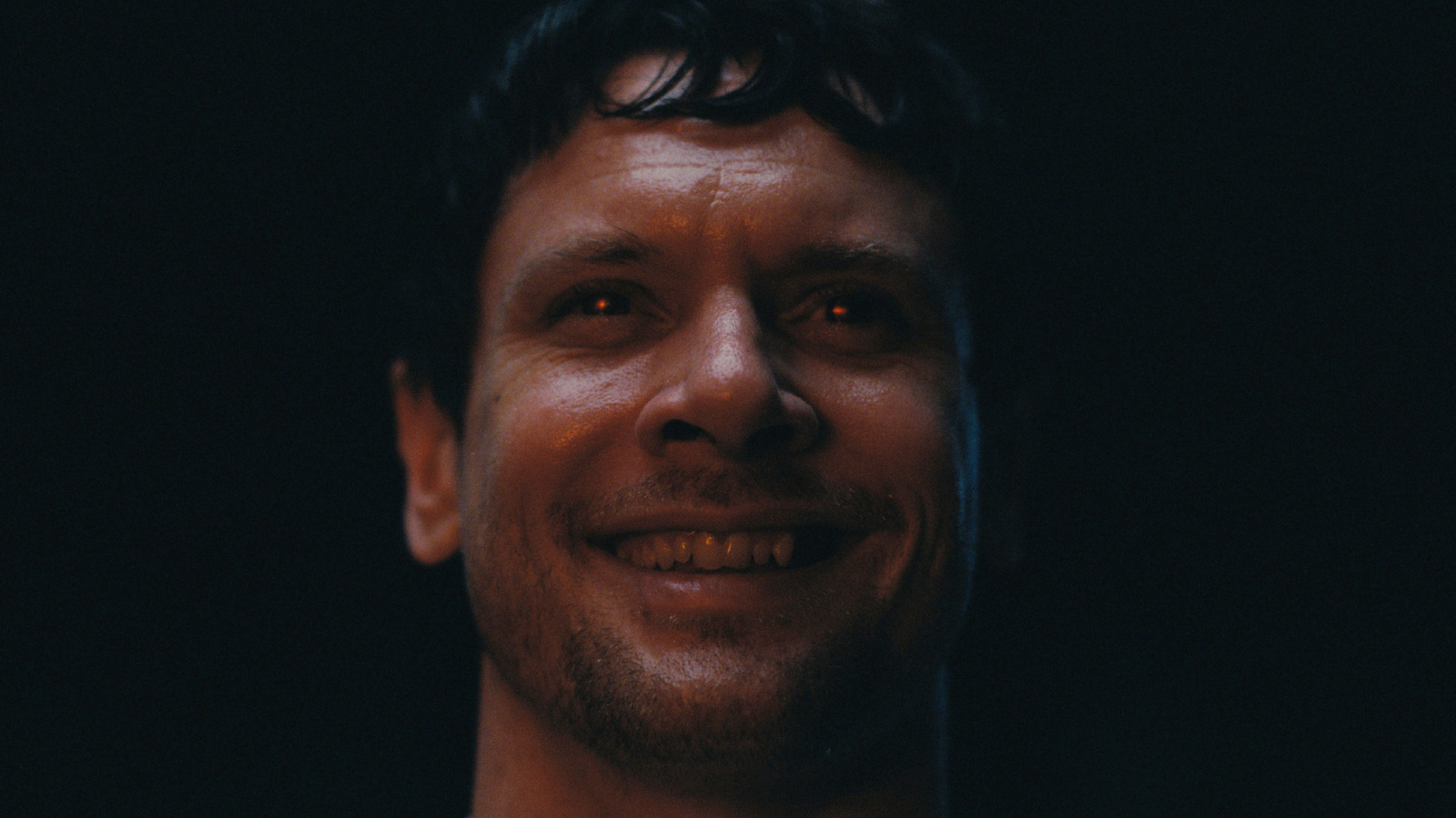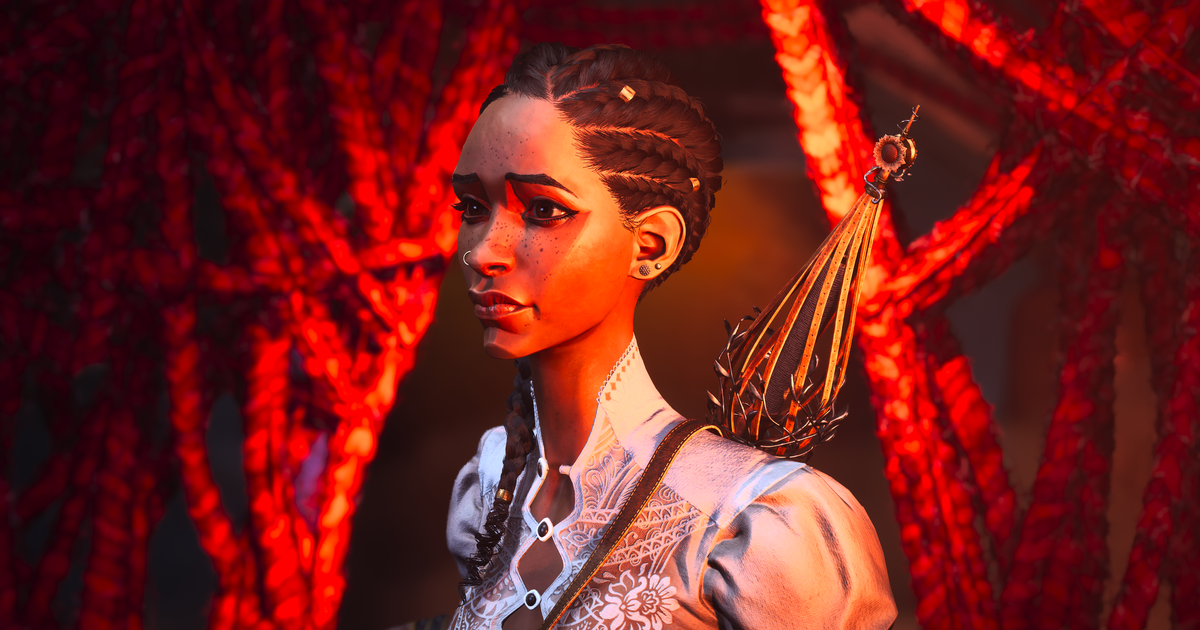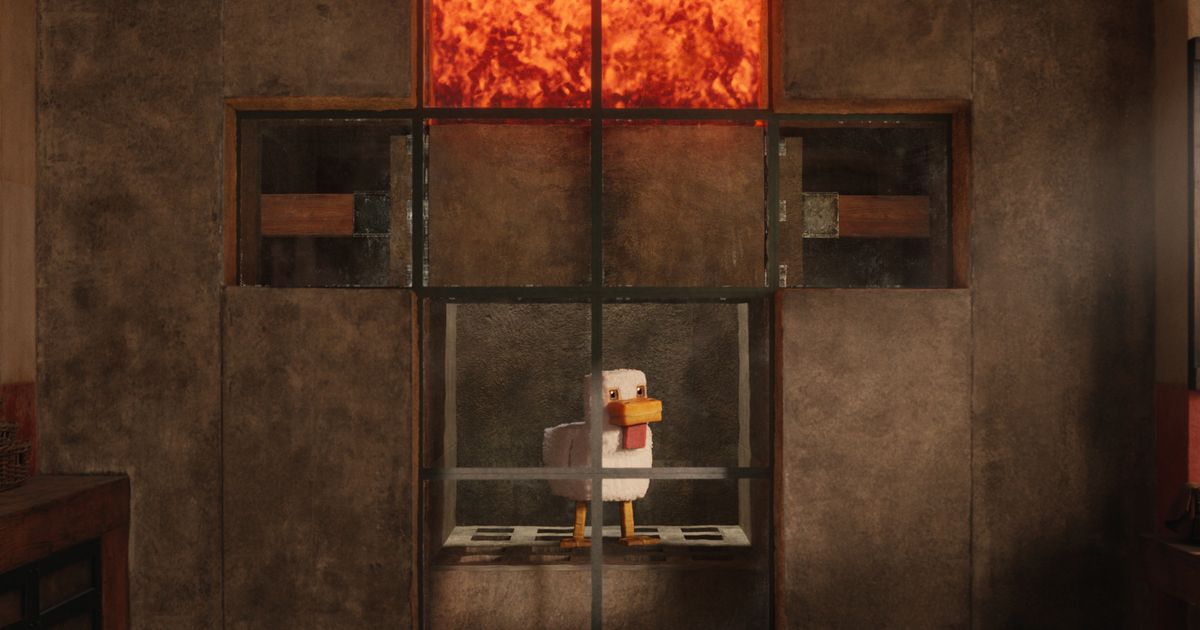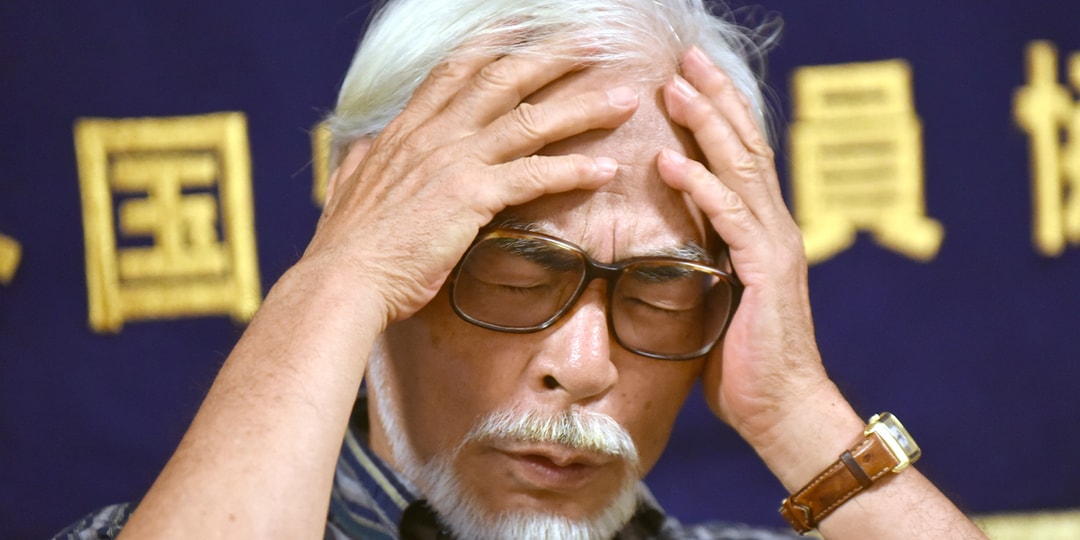Capture the Essence of Spring: Top Tips for Photographing Flowers

As the chill of winter dissipates and the vibrant colors of spring emerge, nature presents a stunning array of flowers and blossoms that beckon photography enthusiasts to come outside and capture their beauty. With just a camera and a couple of versatile lenses, you can transform a simple walk in nature into a gallery of breathtaking images. Renowned landscape photographer Albert Dros shares his expert insights in a recent video, outlining his top ten tips for photographing spring flowers. While he enjoys the advantage of living in the Netherlands, famous for its expansive tulip fields, anyone can find plenty of blossoms to experiment with during this season.
1. Flowers Are Everywhere No Fancy Gardens Needed
Albert emphasizes that stunning floral subjects are not confined to botanical gardens. In fact, he often finds beauty in the most unexpected places, such as along roadsides, highways, or even in his own backyard. The key to a captivating shot lies in your perspective. By carefully selecting the right angle, an ordinary flower found on the roadside can be transformed into an extraordinary photograph. However, he cautions photographers to be cautious of oncoming traffic while shooting in such locations.
2. Get Low for a More Intimate Perspective
One of Alberts fundamental principles is to shoot at eye level with your subject. This avoids the flat, uninteresting compositions that can result from photographing flowers from above. Instead, he encourages photographers to crouch down or even lie on the ground to capture a more engaging angle. For those using cameras with flip screens, this can make low-angle shots much easier and more comfortable. A practical tip: consider bringing along a small mat or blanket to sit on, to keep your clothes clean while you shoot.
3. Understand Light
Lighting plays a crucial role in floral photography, as it can significantly impact the mood and quality of your images. Albert suggests experimenting with different lighting conditions to see what works best. For instance, soft light on cloudy days creates gentle, even tones that can enhance your photos. Backlighting can also add a dreamy, ethereal quality to your images, especially when photographing translucent petals. As a bonus tip, carrying an umbrella or a 5-in-1 reflector can help diffuse harsh sunlight, allowing for softer lighting on your subjects.
4. Choose the Right Lens for the Shot
Albert utilizes several lenses depending on the specific effect he aims to achieve. A telephoto lens (100-400mm) is perfect for isolating flowers and creating beautifully blurred backgrounds, while a 70-200mm f/2.8 lens can produce dreamy bokeh effects and tighter compositions. For extreme close-ups that capture intricate details, a macro lens (90mm f/2.8) is essential. However, if you dont have a macro lens, a zoom lens with close-focusing capabilities can still yield impressive results.
5. Pay Attention to the Background
A cluttered background can distract from the main subject, so Albert always takes the time to adjust his position until he finds a clean backdrop. He looks for elements such as smooth, colorful bokeh, dark and moody tones that make the flower pop, and interesting light patterns, like sun flares or dappled light filtering through leaves. A creative idea is to use out-of-focus flowers in the background as natural bokeh balls to add depth and dimension to your shots.
6. Show the Flowers Environment
While close-up shots are often visually stunning, stepping back occasionally can tell a more compelling story. Albert sometimes includes surrounding elements in his photos, such as a tiny snowdrop amidst a field of crocuses, to emphasize the scale and context of the scene.
7. Get Extremely Close with a Macro Lens
For those who enjoy abstract and artistic photography, Albert recommends getting extremely close to capture unique images of dewdrops, textures, and reflections in water droplets. If you're unable to shoot in the early morning when dew is present, a small spray bottle can be used to mist the flowers, creating that fresh, dewy look.
8. Use Flowers as Natural Framing
Using wider lenses (like 24-70mm) allows photographers to incorporate flowers as natural frames around their main subject, whether it be a picturesque windmill, a portrait, or another focal point. This technique can add layers of interest to your photographs.
9. Shoot Handheld for Flexibility
While tripods can be beneficial in certain scenarios, Albert prefers shooting handheld for flower photography. This approach provides the flexibility to quickly adjust compositions, shoot from extreme anglessuch as holding the camera just above the groundand respond to changing light and wind conditions. For optimal results, he recommends using a fast shutter speed (1/500s or higher) to prevent motion blur.
10. Enhance the Magic in Post-Processing
In the final stages of his workflow, Albert focuses on subtle editing to enhance the dreamy quality of his floral images. He typically reduces contrast to achieve a softer appearance, uses editing brushes to eliminate distracting elements, and adjusts colors to make petals pop and stand out. Ultimately, he encourages aspiring photographers to get out there and start shooting. As Albert wisely states, The best way to learn is by doing.




























